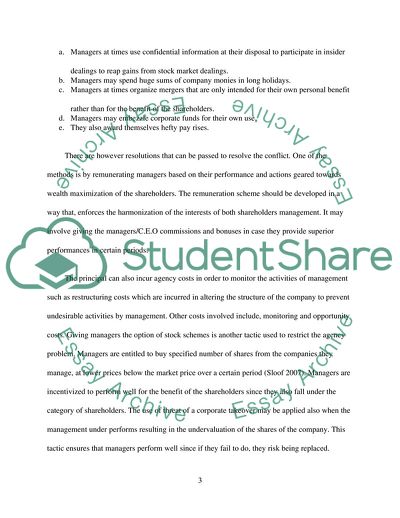Cite this document
(Strategic Management Thinking - Agency Theory Essay Example | Topics and Well Written Essays - 2000 words - 1, n.d.)
Strategic Management Thinking - Agency Theory Essay Example | Topics and Well Written Essays - 2000 words - 1. https://studentshare.org/management/1847294-corporate-governance-essay
Strategic Management Thinking - Agency Theory Essay Example | Topics and Well Written Essays - 2000 words - 1. https://studentshare.org/management/1847294-corporate-governance-essay
(Strategic Management Thinking - Agency Theory Essay Example | Topics and Well Written Essays - 2000 Words - 1)
Strategic Management Thinking - Agency Theory Essay Example | Topics and Well Written Essays - 2000 Words - 1. https://studentshare.org/management/1847294-corporate-governance-essay.
Strategic Management Thinking - Agency Theory Essay Example | Topics and Well Written Essays - 2000 Words - 1. https://studentshare.org/management/1847294-corporate-governance-essay.
“Strategic Management Thinking - Agency Theory Essay Example | Topics and Well Written Essays - 2000 Words - 1”. https://studentshare.org/management/1847294-corporate-governance-essay.


